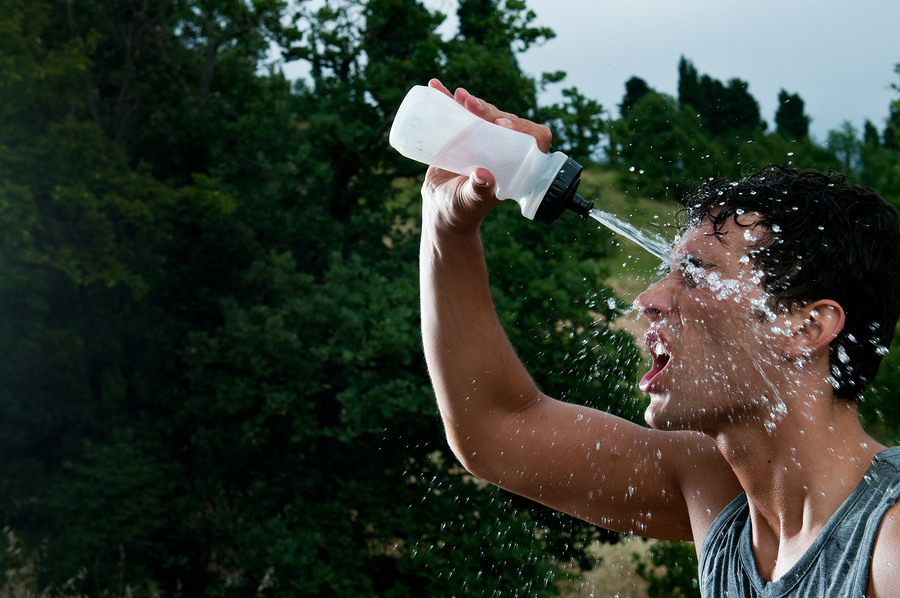
INDIANAPOLIS – As another school year is under way and practices for fall sports begin, young athletes – and not just football players – are challenged by the hot weather and face significant exertional heat illness and injury risks, say experts from the American College of Sports Medicine.
Education, planning and preparation, acclimatization, modification, and close monitoring are all keys to keeping exertional heat illnesses and injuries at bay – proven effective prevention strategies that coaches supervising practices often don’t implement, says Michael F. Bergeron, Ph.D., an ACSM Fellow and one of the nation’s most highly regarded experts on heat stress in youth sports.
“Teaching coaches the early warning signs of developing exertional heat illness would be a huge step toward prevention,” said Bergeron, who co-wrote the ACSM Roundtable Consensus Statement on Youth Football Heat Stress and Injury Risk. “But it’s not enough. Coaches need to progressively introduce practice duration and intensity, as well as the uniform and any protective equipment, so that young athletes can safely adapt. Regular recovery and fluid breaks should be mandatory and practice should be appropriately modified for safety as the heat and humidity increase. Long gone are the days of overworking athletes, refusing players water or using heat as a strategy to ‘toughen up’ a young player. Unless the coach wants an injured or collapsed athlete – or worse – on the field, it’s just not acceptable. All athletes need to be closely monitored for signs and symptoms of developing heat illness, and participation should immediately stop and medical attention should be promptly sought at the earliest point of recognition.”
The ACSM Consensus Statement provides helpful prevention guidelines that can be applied to any outdoor sport:
- Avoid holding practices between noon and 4 p.m., typically the hottest hours of the day (although later hours can also be as hot or hotter).
- When the effective heat (combined temperature and humidity) is extreme, hold practices indoors or use outdoor practices as lighter walk-through instructional sessions.
- Increase the frequency and duration of rest breaks in the shade during practice, and give plenty of opportunities for sufficient fluid consumption.
In addition to promoting these proven heat illness prevention strategies, ACSM is developing new initiatives to educate not just coaches and schools, but also sport governing bodies and policymakers on exertional heat illness prevention.


